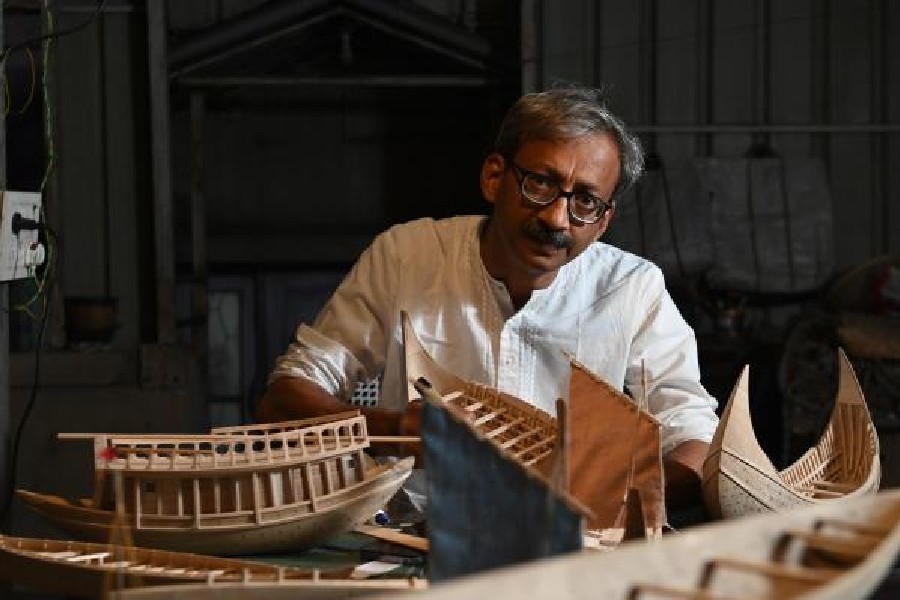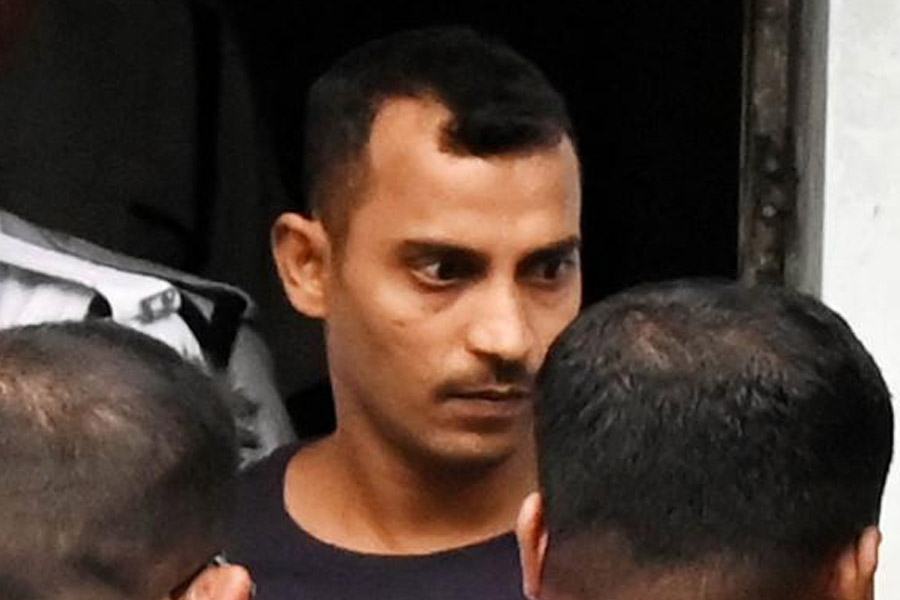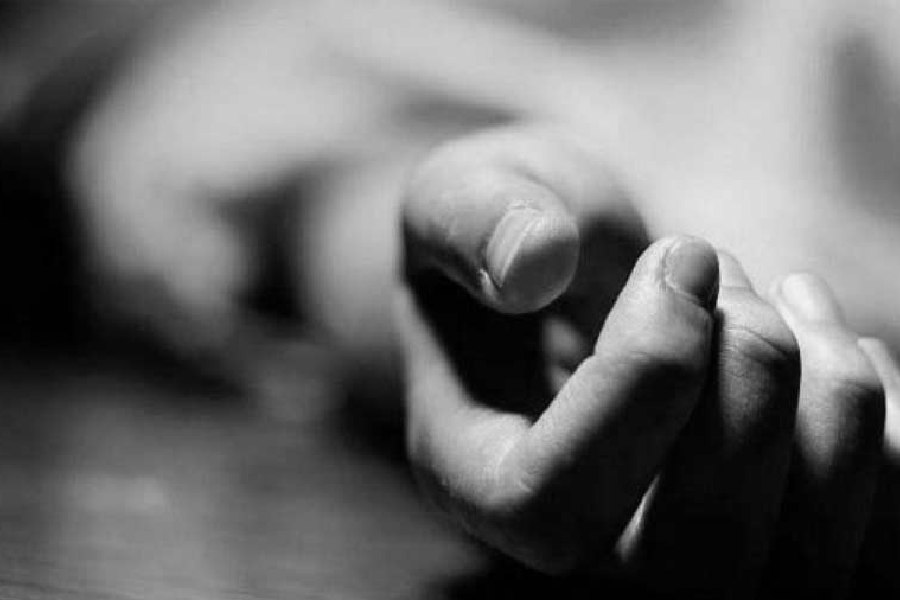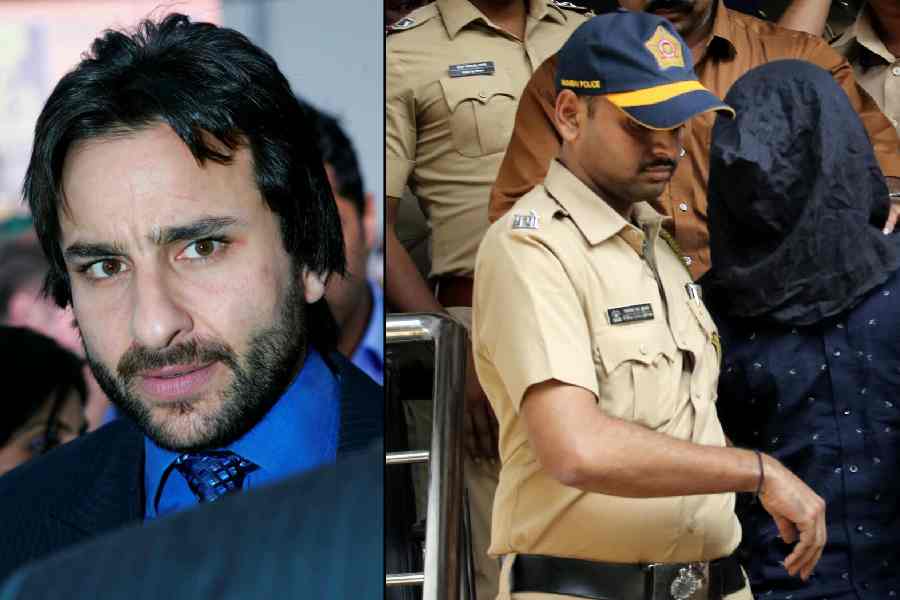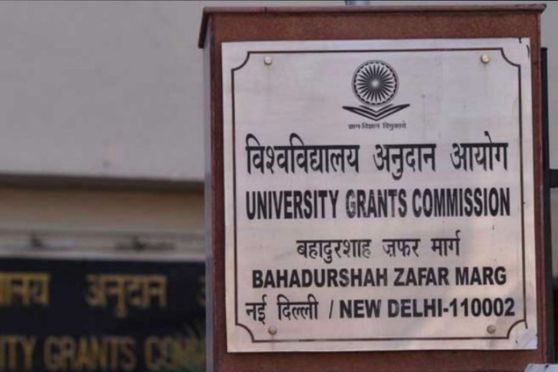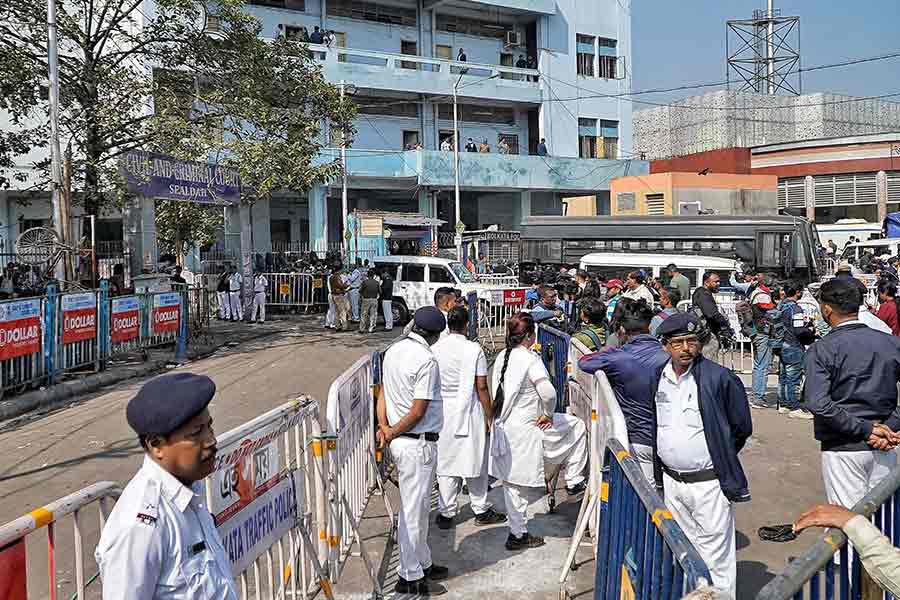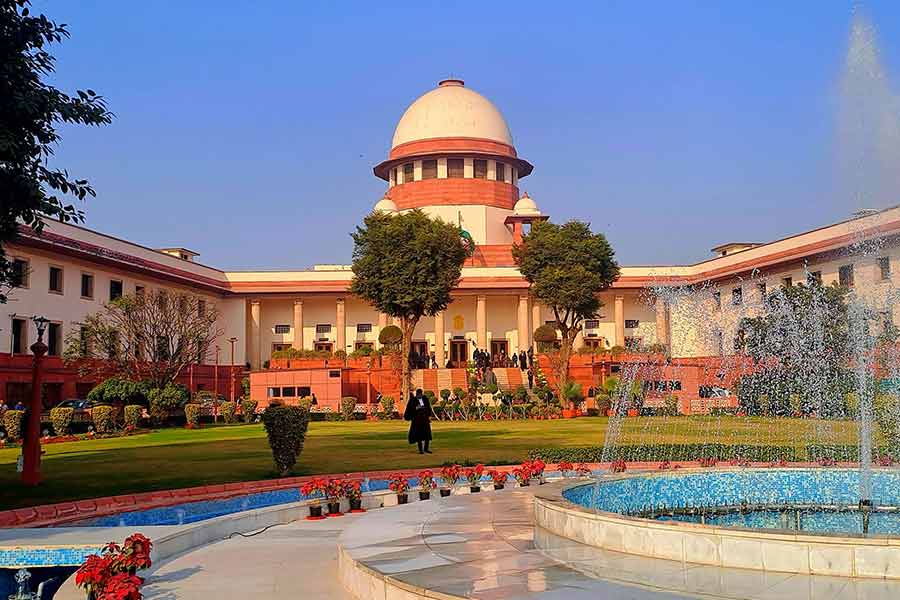Once Chhot, a sleek, V-shaped boat, cut through the waters of the Rupnarayan river and would go bravely forward to meet the choppy waters of the sea. Then one day the Damodar Valley Project happened and dams were built upstream.
The dams, acting with natural factors, led to excessive silt deposits in the river. The Rupnarayan now hardly has the water it once had.
The Chhot has almost disappeared, says Swarup Bhattacharyya, 53, an anthropologist who researches boats in Bengal. The boat that was used to a deep river lost its balance and toppled in shallow waters. It was a lifeline for the fishermen who went into the open sea.
For the last 30 years or so, Bhattacharyya has been looking for boats. They have gone lost, with rivers that are lost, and lost with them are strands of our memory, and this passing for Bhattacharyya is as important a fact as what has survived into the present.
Bhattacharyya reminds, though, that he is not a historian. History cannot be put away, ever, but his subject is the living boat. The Chhot may be disappearing, but it has not given up, and it tells a greater story.
“Mine is a search for what exists,” says Bhattacharyya. He has discovered 30 different typological varieties of boats in Bengal. For this he has been travelling to villages and coasts and remote corners of Bengal.
A research project that he participated in after he completed his master’s in anthropology from Calcutta University led him to the study of boats. In 1997, he became a part of a CSIR (Council of Scientific & Industrial Research) project on boat typology and the fishing community. Bhattacharyya worked on the Bengal part.
He first went to Balagarh in Hooghly, which is a boat-building hub. He stayed there for a few months.
Mobile phones were yet to be seen everywhere then. “I stayed for a few months at one place to learn how a particular kind of boat would be made, and then hearing of another kind being made somewhere else, travelled there,” says Bhattacharyya. It was all word of mouth.
The Dingi is the most common boat in Bengal. At Balagarh, too, the Dingi is made the most. It is a small boat that can negotiate many kinds of rivers. Its shape has become to be looked at as the generic boat shape in this part of the world.
“A bigger boat is called ‘nouka’,” laughs Bhattacharyya. “Nouka” translates as “boat” in English. Neat categories, with boats, as with everything else, are not easy.
Bhattacharyya points out that hardly any documentation exists about boats in Bengal. He refers to Radha Kumud Mukherjee, but says that Mukherjee borrowed from the 11th century work, Yukti Kalpataru by Bhojaraja, and introduced to the delineation of wood to be used for boat-making the categories of caste, according to which “Brahmin” wood would be high quality but gentle. This did not help.
F.B. Solvyns’ etchings (published from Calcutta in 1796), however, contain 36 fine and detailed illustrations of boats. Some familia names can be seen: the Dingi, Bajra, Pansi — and the most glamorous of them all, the Mayurpankhi, the boat with the peacock head.
The glamour boat, almost mythical, which carried kings and queens and eligible princes, rich merchants and their eligible sons, in the fairy tales and other literature, does not interest Bhattacharyya. He thinks it has grown a bit too large in our imagination.
“It was a pleasure boat that was narrow and was rowed, making a leisurely trip on the river possible. The sail and the expansive shape may have been added by the artist or the writer,” says Bhattacharya.
“The Mayurpankhi was a status symbol for the rich. The peacock head was like the Mercedes logo,” he laughs. “I am interested in the purpose and function of boats.”
Every boat takes its shape and size — large, small, V-shaped, spoon-shaped, flat-bottomed — from the waters it moves on and its particular function. The cargo it carries shapes the boat, its width, its depth. Racing boats are taut and slim.
A Dunga is a flat-bottomed narrow fishing boat of the Subarnarekha river of Bengal. A Kaile Bachhari is a traditional racing boat of Bengal 40 to 70 haat in length. One haat is 18 inches.
The Chhot comes up again. “Dihimandal Ghat in Howrah, on the Rupnarayan, was a hub of Chhot boat-making,” says Bhattacharyya. Hardly any activity is seen there now.
Bhattacharya thinks this is saddening not only because it shows what is happening to our rivers, but also because with the Chhot disappearing, a chapter of our maritime history may get lost.
“The Chhot could go into the open sea. It could be large,” he says. He believes this boat could have played a key role in the trade between South-East Asian countries and this part of the world.
A boat worship ritual in Odisha, he thinks, is a reminder of this trade. A small plantain stem boat is floated on the water in November. “This coincides with the northern wind that would help to sail towards the south-east countries,” says Bhattacharyya.
Before the British came, and during a major part of the colonial times as well, waterways were crucial.
“Adi Ganga and the Saraswati river were the major routes. Saptagram was a major port. The routes of the Mangalkavyas and the Dutch and the Portuguese were all here,” says Bhattacharyya, who lives in Ghoshpara in Howrah, not far from Betor, where once the Saraswati had flown.
But not everything dies. At Sikdar Chak in East Midnapore, Bhattacharya observed a Chhot-Shalti boat being made — its front V-shaped like Chhot, but the rest spoon-shaped, to navigate shallow waters, an excellent adaptation.
A boat can go back to thousands of years. “The knowledge of boat-making rests with the boat-builders,” reminds Bhattacharyya. Their community is dwindling, with boats disappearing. Bridges are being built even where they are not necessary. “Today boats are used mostly to carry passengers,” he says.
Bhattacharyya is doing his bit to keep boats alive, not only through his scholarship. He has become a boat-builder himself. He makes miniature boats, replicas of a type, made-to-scale.
Working on his terrace at his Howrah residence, he introduces them to the visitor — a Chand Nouka, a coastal fishing boat of Cox’s Bazar, Bangladesh, whose shell is built first; a typological boat under Sampan; Barki, a reverse clinker, long and narrow boat of Sylhet; and finally, the Padma boat, used by Rabindranath Tagore at Silaidaha.
He tries to replicate the planking patterns as well in his models that are not more than a foot or two.

